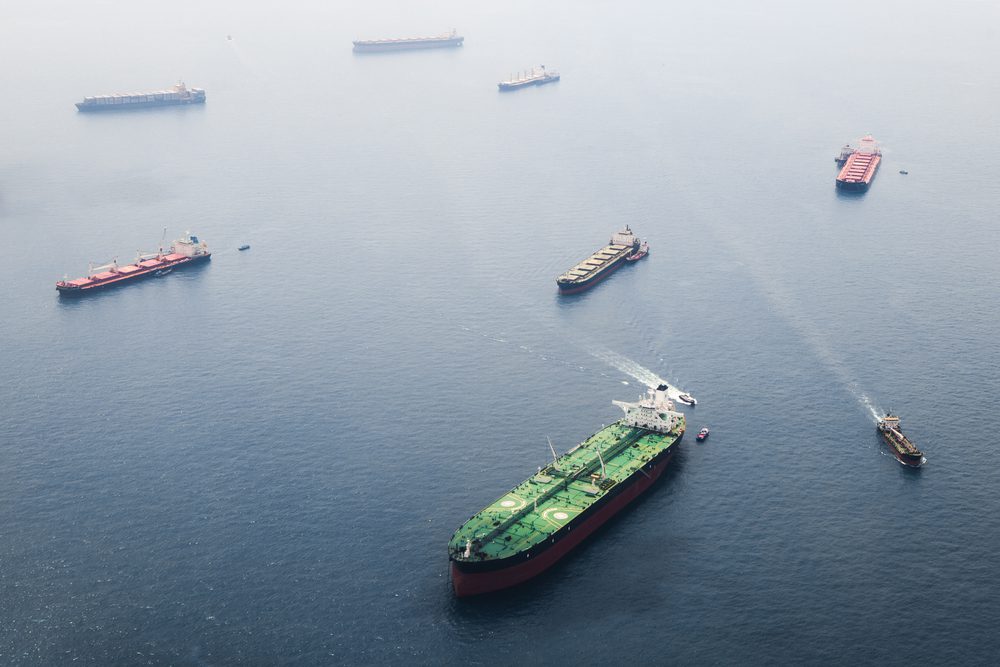The world’s seaborne trade flows are showing signs of slowing after frontloading imports drove a strong first half of 2025, according to the World Trade Organization’s latest Goods Trade Barometer, which points to slower but still above-trend growth heading into the year’s final quarter.
The WTO’s composite leading indicator fell to 101.8 in September, down from 102.2 in June, signaling a moderation in the pace of global merchandise trade. While the barometer remains above its baseline value of 100—indicating continued expansion—the decline suggests that the extraordinary growth witnessed earlier in the year is tapering off.
“Goods trade growth appears to have slowed in the second half of 2025 following a surge in the first half driven by frontloading of imports ahead of expected tariff hikes and by rising demand for AI-related products,” the WTO stated in its latest report.
The shipping industry’s key transportation metrics reflect this cooling trend. Both air freight and container shipping indices have declined over the past three months, with air freight falling to 102.7 and container shipping to 101.7, “indicating a cooling off in the transportation of goods worldwide,” according to the barometer.
The only component index to slip below the baseline was agricultural raw materials at 98.0, which has remained in contraction since the start of the year. Meanwhile, automotive products and electronic components held steady at 103.0 and 102.0 respectively over the same period.
Despite the moderation, forward-looking indicators suggest sustained momentum. The new export orders index climbed to 102.3 after earlier volatility, “pointing to sustained momentum in global exports,” the WTO noted.
The first half of 2025 delivered stronger than anticipated results for global trade, with merchandise volumes surging 4.9% year-on-year. However, the organization has since revised its full-year outlook downward, projecting 2.4% growth for 2025 as “higher tariffs and lingering trade policy uncertainty are expected to weigh on growth in the second half.”
The WTO acknowledges considerable upside potential if demand for AI-related products maintains its strength, a factor that helped propel the first half’s exceptional performance. The organization’s next trade forecast is scheduled for release in April 2026.
The barometer, designed to provide real-time information on merchandise trade trajectories, typically forecasts developments two to three months ahead. Values above 100 indicate above-trend trade volumes, while readings below the baseline suggest trade has fallen or will soon fall below trend.

 Join The Club
Join The Club











